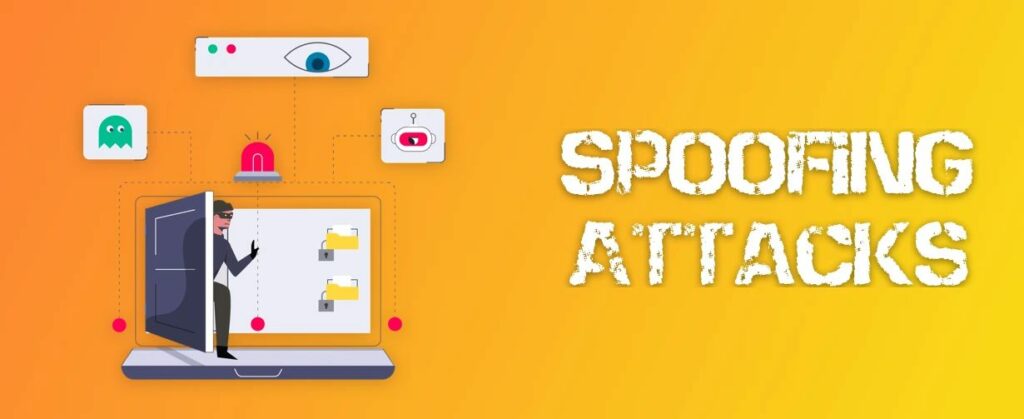
SMBs are most certainly are at risk to everyday hackers. Hackers breach Small to Medium Sized businesses 15x more often than larger firms. Hackers know this and target you because of it. SMB’s generally lack resources to properly secure systems, fail to train employees on cybersecurity hygiene, and sometimes lack proper security tools.
For these reasons, CyberHoot recommends all SMB’s take these actions:
Train employees on how to spot and delete phishing emails. Here’s a free video to help with this: How to Protect Yourself from Phishing Attacks.
Taking these proactive measures can reduce your risk of a costly breach, downtime, brand damage, and a cyber insurance claim (or all four).
Related Terms: Social Engineering, Phishing
Source: CNSSI 4009
Discover and share the latest cybersecurity trends, tips and best practices – alongside new threats to watch out for.

Active Attacks on Messaging Apps The Cybersecurity and Infrastructure Security Agency (CISA) recently issued...
Read more
The world of work has changed enormously since COVID-19. Gone are the days when IT admins sat behind a corporate...
Read moreGet sharper eyes on human risks, with the positive approach that beats traditional phish testing.
